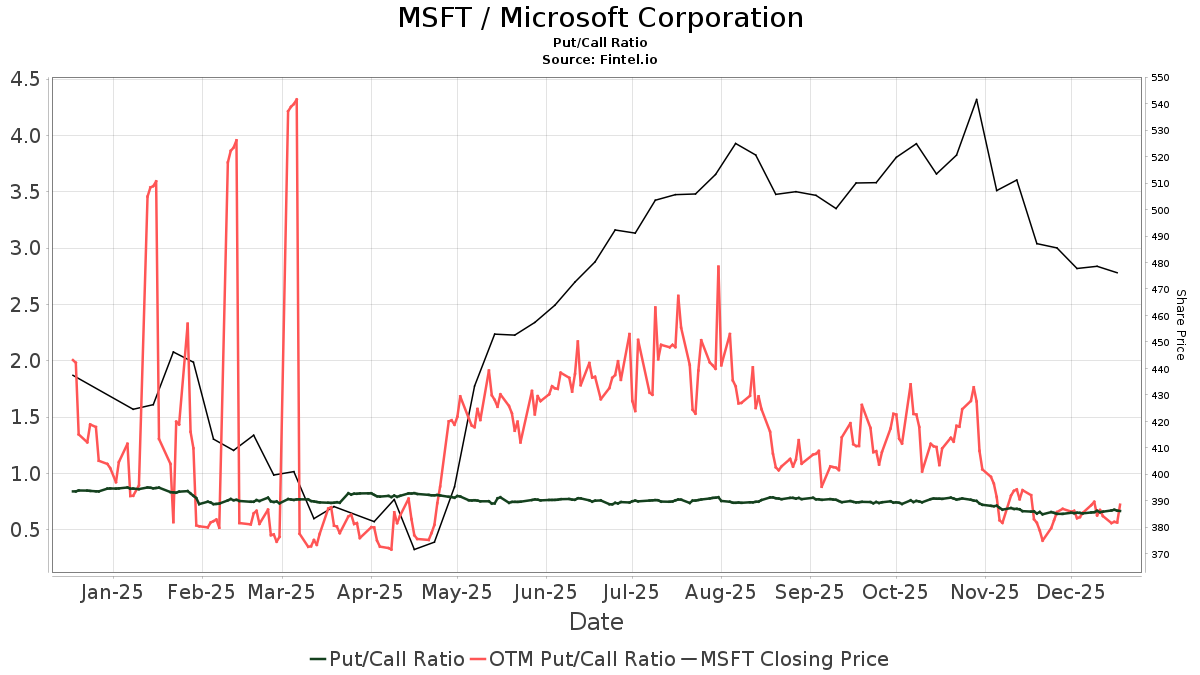Lowe’s Recent Challenges Highlight Broader Economic Trends
Lowe’s (NYSE: LOW), a home-improvement giant, experienced a 4.6% drop in stock price on Tuesday, November 19th—closing at $259. This decline contrasts sharply with the S&P 500 index’s modest growth of 0.4%. For comparison, Home Depot (NYSE: HD) saw its shares fall by 0.9%, settling around $407 on the same day.
In its latest earnings report, Lowe’s posted quarterly sales of $20.2 billion and earnings of $2.89 per share. While these figures beat analyst predictions, they declined compared to the previous year’s sales of $20.5 billion and earnings of $3.06 per share. Rising interest rates and economic uncertainty have prompted consumers to be more cautious, leading to a 1.1% drop in comparable sales for the third quarter. Demand for larger discretionary home improvement projects softened but was bolstered slightly by storm-related sales and robust performance in professional and online channels. Notably, Lowe’s operating margin slipped 60 basis points year-over-year to 12.5%, primarily due to increased supply chain investments for online order fulfillment.
Since 2022, the Federal Reserve has aggressively raised interest rates to combat inflation, affecting mortgage rates and ultimately suppressing home sales. After peaking at 7.08% in November 2022, mortgage rates have decreased, with the 30-year fixed-rate mortgage averaging 6.78% as of November 14th. Declining home prices could pose short-term challenges for Lowe’s, though many homeowners are likely to continue investing in property maintenance.
The easing of interest rates could bring some relief to homebuyers struggling with high mortgage costs. Lower rates may also incentivize homebuilders to increase construction, reducing borrowing expenses and making it easier for consumers to access home equity lines of credit. However, Lowe’s has felt the impact of changing consumer spending habits, particularly among DIY customers, who have been hesitant to invest in renovations and upgrades. A continued decrease in consumer spending could lead to further declines in the company’s sales within this segment. Thus, this aspect will be critical to monitor.
Over the past three years, Lowe’s stock performance has been inconsistently strong, with year-over-year returns fluctuating significantly: 63% in 2021, -21% in 2022, and a bounce back to 14% in 2023. This volatility sharply contrasts with the Trefis High Quality (HQ) Portfolio, which has consistently outperformed the S&P 500 each year within this period, showcasing more stability.
What’s Behind the Fluctuations? The HQ Portfolio provides better risk-adjusted returns than the benchmark, avoiding the drastic swings seen with Lowe’s stock. Given the current economic uncertainty surrounding potential rate cuts and geopolitical tensions, it remains to be seen whether Lowe’s will replicate its underperformance from 2022 and 2023 against the S&P over the next year or if it will rebound.
Looking towards 2024, Lowe’s expects total sales to fall between $83 billion and $83.5 billion. Its forecast for comparable sales projects a decline of 3.0% to 3.5%, an improvement from previous estimates of a 3.5% to 4.0% drop. The company anticipates operating profit margins between 12.3% and 12.4%, with adjusted diluted earnings per share expected to reach approximately $11.80 to $11.90, slightly up from earlier projections of $11.70 to $11.90.
We have adjusted Lowe’s valuation to $260 per share based on an anticipated EPS of $11.89 and a 21.9x P/E multiple for FY 2024, which aligns closely with its current market price. Our revenue forecast for Lowe’s for the fiscal year 2024 stands at $83.2 billion, indicating a 4% year-over-year decline.
Explore how other Lowe’s competitors perform on crucial metrics. Further useful comparisons for companies across various industries are available at Peer Comparisons.
| Returns | Nov 2024 MTD [1] |
2024 YTD [1] |
2017-24 Total [2] |
| LOW Return | -1% | 18% | 321% |
| S&P 500 Return | 3% | 24% | 163% |
| Trefis Reinforced Value Portfolio | 4% | 20% | 789% |
[1] Returns as of 11/20/2024
[2] Cumulative total returns since the end of 2016
For investment opportunities, consider Trefis Market-Beating Portfolios.
Find all Trefis Price Estimates.
The views and opinions expressed herein are those of the author and do not necessarily reflect those of Nasdaq, Inc.




